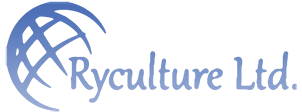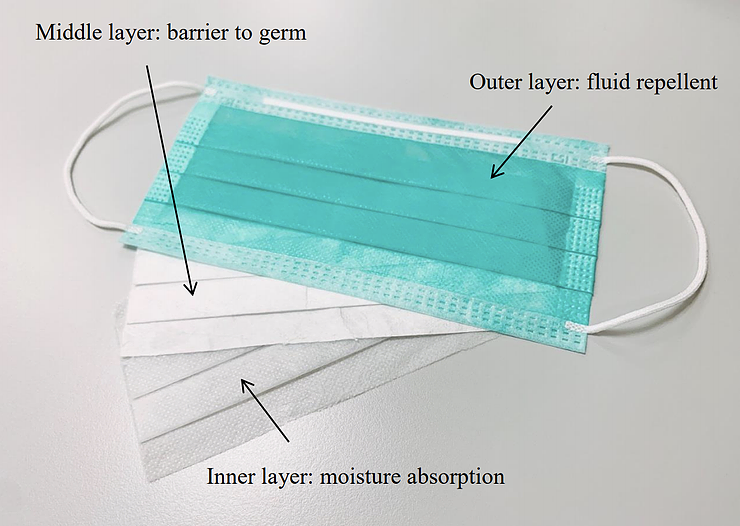Face masks are classified as personal protective equipment (PPE). They are used to provide a physical barrier to fluids and large particle droplets from reaching the person wearing them.
Surgical masks are the most prominent and easily available face masks in the market. As the name suggests, these were designed for use during surgical procedures to protect the surgical team from blood spills and any contaminants that would get to them during a procedure while also protecting the patient from any droplets that would come from the surgical team.
When used properly, surgical masks can prevent infections transmitted from respiratory droplets.
With the outbreak of coronavirus in December 2019 in China, the spread has been exponential and the focus has been on prevention of transmission. This has come with suggestion of use of face masks considering there is a risk of transmission through air droplets. It’s therefore important to know when and how to use a face mask and that’s what this piece is about.
When should you wear a mask?
- When you have a respiratory infection or suspecting that you are infected with covid-19 as per the current situation. This prevents transmission to other people within your vicinity.
- When you are taking care of patients with a respiratory infection or with covid-19. This protects you from getting infected with droplets from them in case they sneeze or cough into the air.
- When visiting clinics or hospitals where patients with respiratory conditions are being taken care of. This is to protect you from getting infected when at the facility.
How do you put on a surgical mask?
- Choose an appropriate mask size for you. There are small sizes for children.
- Wash your hands or sanitize with an alcohol-based sanitizer.
- Put on the surgical mask on: ensure the upper part has a metallic strip and fasten straps at the crown of your head. For the lower straps, fasten them behind the neck (at the nape). Ensure the mask covers your nose, mouth and chin with no open spaces left at the edges of the mask. The outer side of the mask is the colored side.
- Do not touch the mask after you’ve put them on. In case you have to, ensure you perform hand hygiene before and after you touch the mask. This is to avoid transfer of infectious particles to or from the mask.
- When taking if off, start with unfastening the nape straps first followed with the ones at the crown of the head. The mask should then be discarded in a lidded rubbish bin immediately.
- Wash your hands or sanitize immediately after discarding the mask.
*You should replace your mask when soiled, damaged or you have left the place where you had to have it as per the guidelines above.
Myth Buster:
There are different explanations going round on which side of the mask should face outside depending on the need. This is wrong.
The colored side should always be facing outside in all circumstances. This is because it has fluid repelling properties (hydrophobic nature) which helps it not to trap moisture which would serve as conducive environment for infectious particles. The inner side is white and absorbs moisture that you exhale. There is a middle layer that serves as a barrier to germs that may go through the outer layer.
Any piece of material that doesn’t have these properties can protect you but not with the efficiency that a mask confers. You should therefore be very critical on what you buy to use as a mask.
[i] Center for Health Protection, Infection Control Branch: Use Mask Properly: https://www.chp.gov.hk/files/pdf/use_mask_properly.pdf

